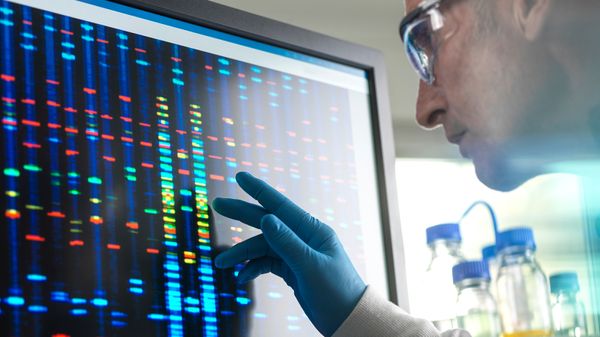
In January 2017, a South African court sentenced Simon Ngomane, 35, a traditional medicine healer, to 28 years in prison for rhinoceros poaching. He was convicted on forensic evidence from RhODIS (Rhino DNA Indexing System), the DNA matching database that is successfully being used to connect horns, blood and animal carcasses from specific crime scenes to the poachers responsible for the barbarous killings and mutilations.
According to a Jan. 8, 2018, article in the journal Current Biology, evidence from 5,800 crime scenes has been submitted to RhODIS since its inception in 2010. To date, the system has matched rhino DNA to more than 120 criminal cases, nine of which have been successfully prosecuted. The hope is that the same genetic fingerprinting methods used to convict murderers and rapists in the criminal justice system will result in more poaching convictions, acting at once as a deterrent and a form of wildlife preservation.
Advertisement
In spite of rigid trade bans and strict enforcement, poaching of endangered white and black rhinoceroses in South Africa has increased exponentially, from just 13 incidents in 2007, to more than 1,200 in 2014. Wildlife trafficking is one of the biggest illegal black markets in the world, with the keratin-rich rhino horn fetching upward of $60,000 per pound – making it more expensive than gold, cocaine or diamonds. In Vietnam and China, the trafficked horn is thought to be a cure for cancer and impotence. And in parts of Asia it is considered an aphrodisiac and a magical cure-all. Talismans and curios made from the horn are seen as status symbols and signs of wealth.
The brutality of poaching is not limited to the national parks and wilds of Africa and India, where rhinos are also heavily poached. The astronomical black market price of the horn recently lured greedy criminals to a zoo near Paris, France, where they broke in late at night, shot a rhino named Vince three times in the head, and removed his horn with a chainsaw. This horrific act prompted a broad discussion about the future security of endangered animals in captivity.
Trafficking is the backbone of the illegal rhino horn trade that makes poaching profitable. Through cooperation with police, rangers and wildlife investigators, researchers on the RhODIS team hope to use crime scene DNA to thwart crime syndicates that ship rhino contraband to foreign countries. Thus far, the RhODIS database has helped to convict poachers and traffickers in South Africa, Namibia, Kenya and Swaziland.
Advertisement
